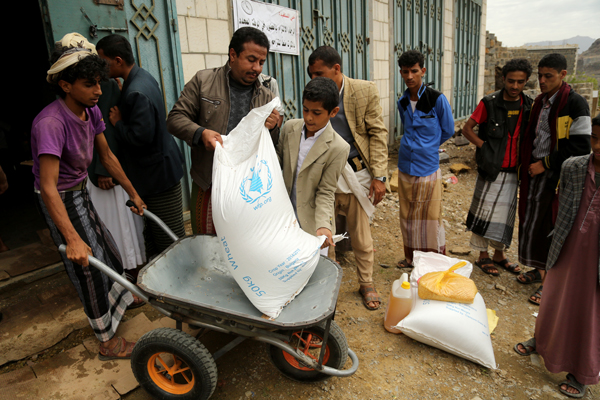
The United Nations World Food Program (WFP) announced Friday the reduction of its aid in Yemen as of the end of September due to a severe funding crisis, exacerbating one of the worst humanitarian crises in the world.
The program said in a statement that it “is facing an acute funding crisis for its humanitarian operations in Yemen, which will necessitate further reduction of food assistance provided by the World Food Program throughout the country, starting from the end of September.”
In the absence of new funding, the program expects that about 3 million people will be affected in the northern regions of the country and about 1.4 million people in the southern regions of the country, including a large number of children, girls, and pregnant and lactating women, the statement read.
According to the statement, and with the significant reduction in various aid programs, the number of affected people may be higher than that announced.



















